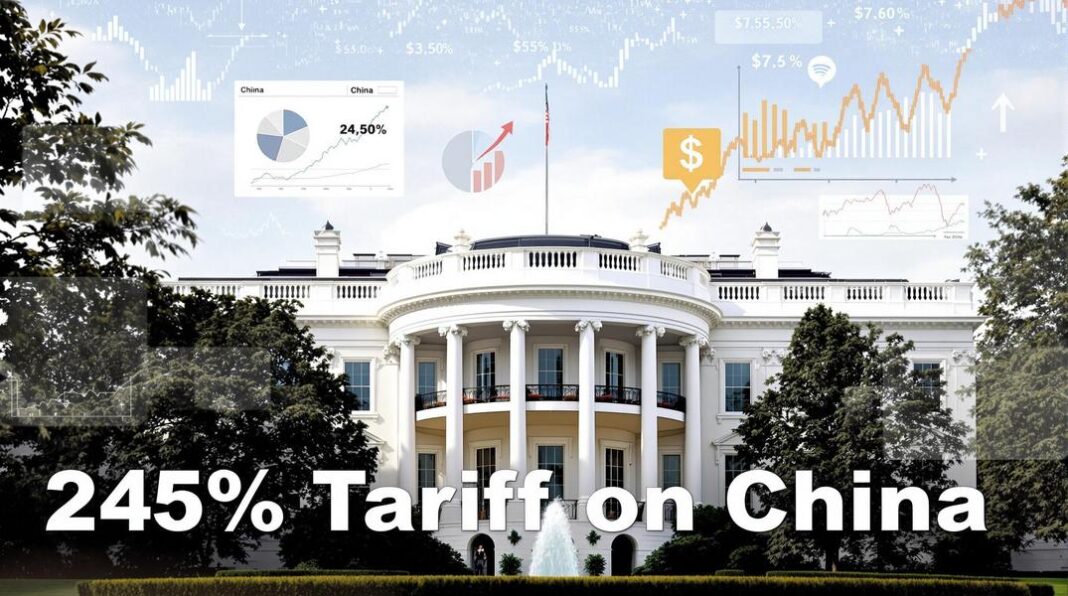U.S. tariffs on Chinese exports have skyrocketed to an average of 124.1%, marking an unprecedented escalation in the ongoing trade war between the world’s two largest economies.
The dramatic increase, documented by the Peterson Institute for International Economics, represents part of a broader protectionist trade policy that has imposed steep tariffs on nearly all goods imported from China. Economic experts warn this could cost American households nearly $1,300 in additional taxes next year while potentially severing the economic relationship between the two superpowers.
The World Trade Organization has sounded the alarm about the potential consequences of these escalating measures.
“The drop in U.S.-China trade of the magnitudes we are talking about is virtually tantamount to a decoupling of the two economies,” warned WTO Director-General Ngozi Okonjo-Iweala, according to an Axios report.
China has not stood idle in this economic confrontation. Beijing has retaliated with its own tariffs on U.S. goods, raising them to an average of 147.6% and extending them to cover 100% of American exports to China.
These Chinese countermeasures target a wide range of products, including agricultural staples like chicken, wheat, corn, and soybeans, putting additional pressure on American farmers already struggling with market uncertainties.
The trade war extends beyond just tariffs. China has suspended exports of critical high-tech materials such as gallium, germanium, and rare earth metals – components essential for advanced manufacturing and defense technologies.
In response, the U.S. has initiated a national security investigation into its reliance on foreign supplies of these strategic resources, potentially setting the stage for further economic restrictions.
The economic toll of these policies appears substantial. According to Tax Foundation analysis, the tariffs will result in an average tax increase of nearly $1,300 per U.S. household in 2025, while potentially reducing imports by more than $800 billion.
The WTO projects an 80% drop in U.S.-China trade in 2025 due to these measures, with the potential for further decline if tariffs remain in place. The ripple effects could reduce global trade growth by 1.5% next year if additional tariffs are reinstated.
The U.S. has paused tariff increases on other countries to facilitate negotiations, with over 75 nations reportedly expressing interest in discussing new trade deals. However, the administration has maintained its hard line against China.
Canada and Mexico initially faced U.S. tariffs but later received exemptions for auto imports and goods covered under the USMCA trade agreement. Meanwhile, Taiwan faces a 32% reciprocal tariff, though semiconductor products remain exempt, according to policy documents.
While some sectoral carveouts exist for products like smartphones and certain tech goods, preventing a complete halt in bilateral trade, economists warn that the current trajectory points toward an unprecedented economic separation between the U.S. and China that could reshape global trade patterns for decades to come.


